Bosnia lies just above Montenegro and while it has many more attractions our plan was just to visit historic Mostar and revisit ( even more historic ) Sarajevo. Mostar ( and Sarajevo ) were heavily damaged in the Balkans war and evidence of that conflict is still very visible on many buildings. Sadly, Mostar’s famous bridge was directly bombed in the conflict, but, while completely destroyed at the time, it was later painstakingly restored to all its former glory. The place is an absolute magnet for tourists and probably one of the busiest towns we have visited. It was literally difficult to walk down the streets…! In Mostar you just got the unmistakable vibe that Bosnia right now is an “in” destination.
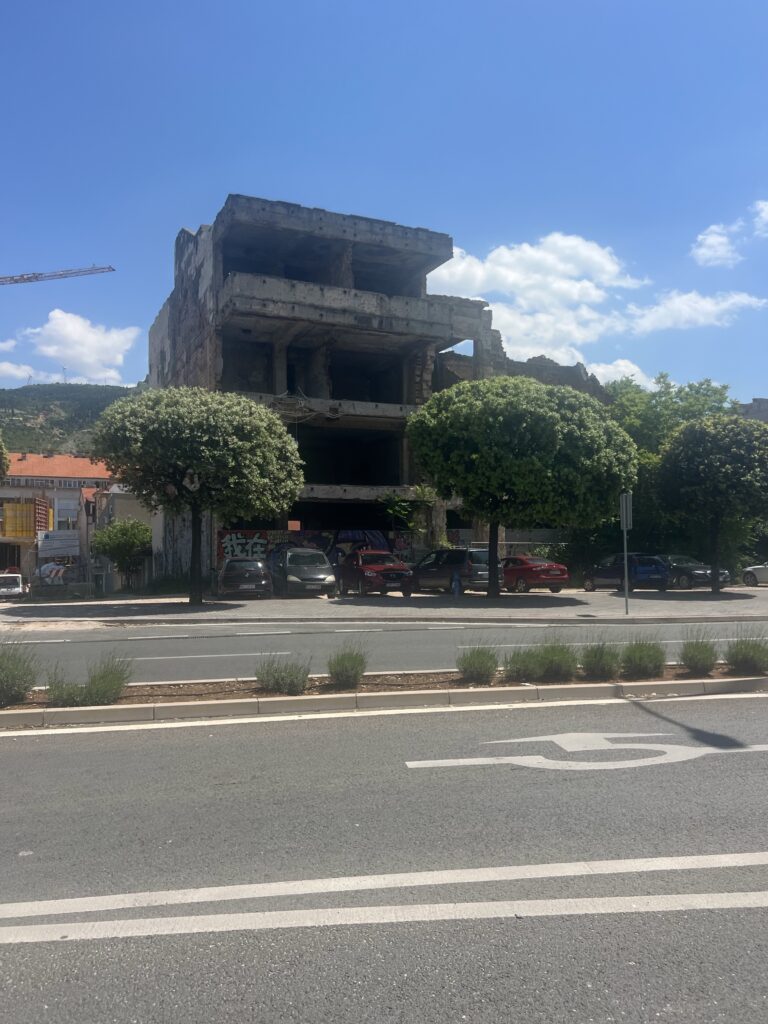
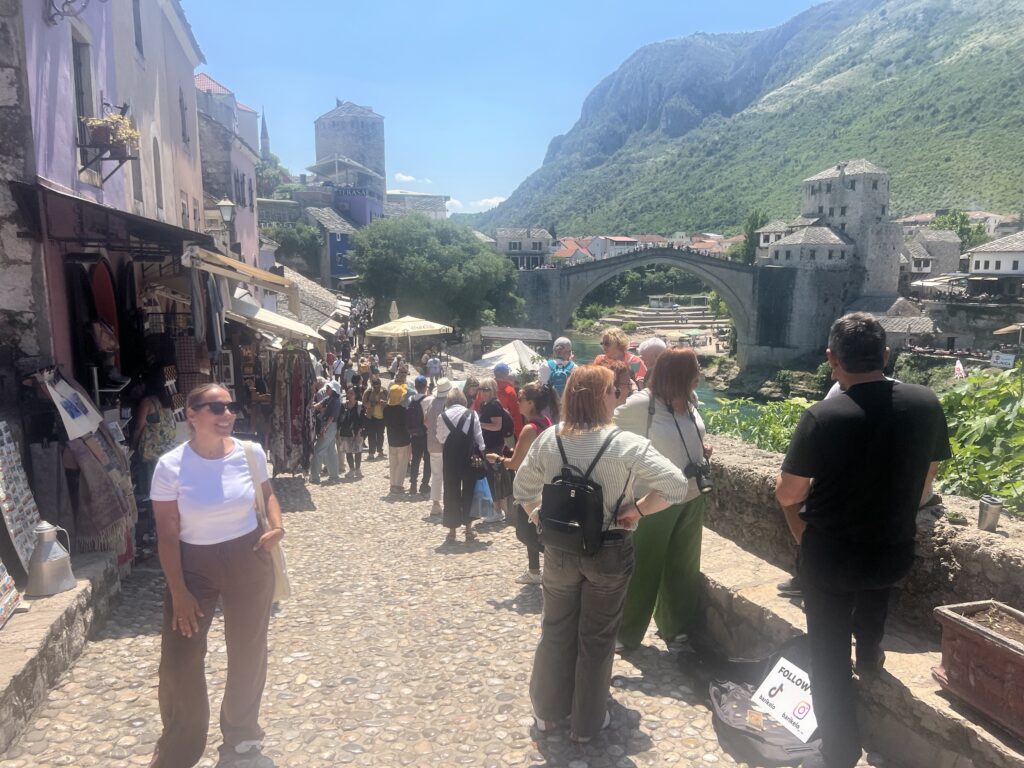

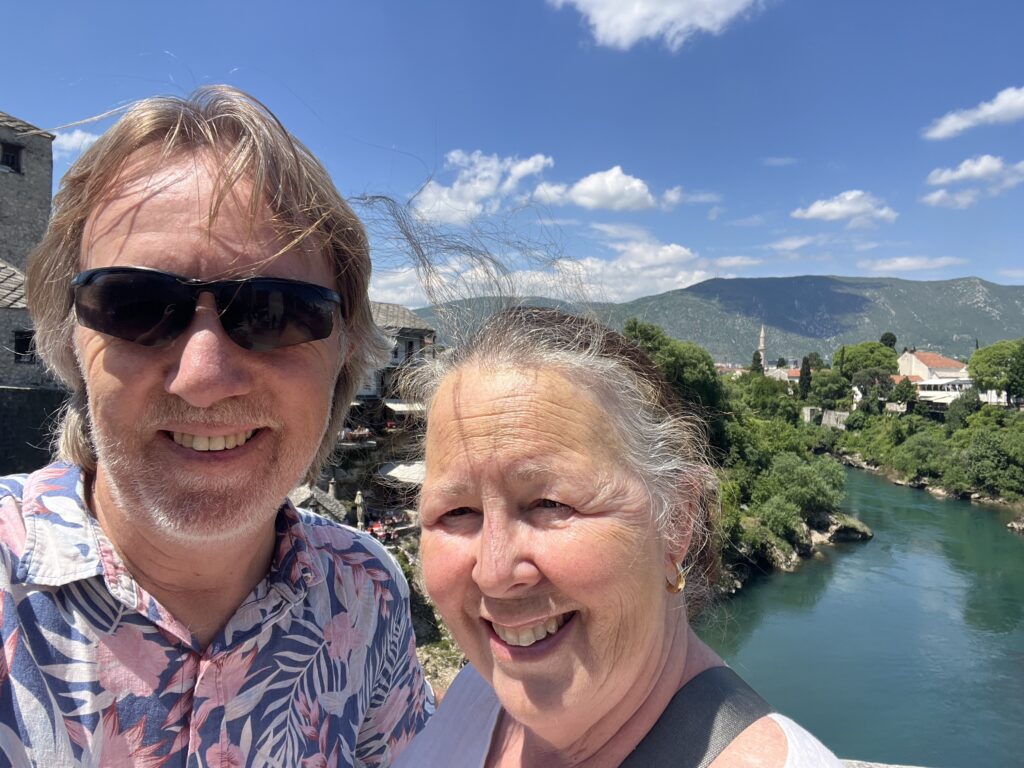
Just a few very scenic hours drive north of Mostar is Sarajevo. Yes, you remember it from the beautiful winter Olympics in 1984, followed less than a decade later by a bloody civil war that led to the loss of many lives and destruction of much of the city. It was, however an event in Sarajevo in 1914, probably more than most people realize that shaped the world as we know/knew it in 20th century. It is often described as the “shot that rang out around the world” – here, in June 1914, a young Serbian nationalist, Gavrilo Princip assassinated Austrian Archduke Franz Ferdinand, and his wife, precipitating events that led to the First World War, and by extension, ultimately to the Second World War . One shot, by one angry guy. It was humbling to stand beside the Roman Bridge on the very spot where the assassination took place and to think about how differently the world might be today had that single event not occurred – and, of course, how many lives were ultimately lost as a result of it.
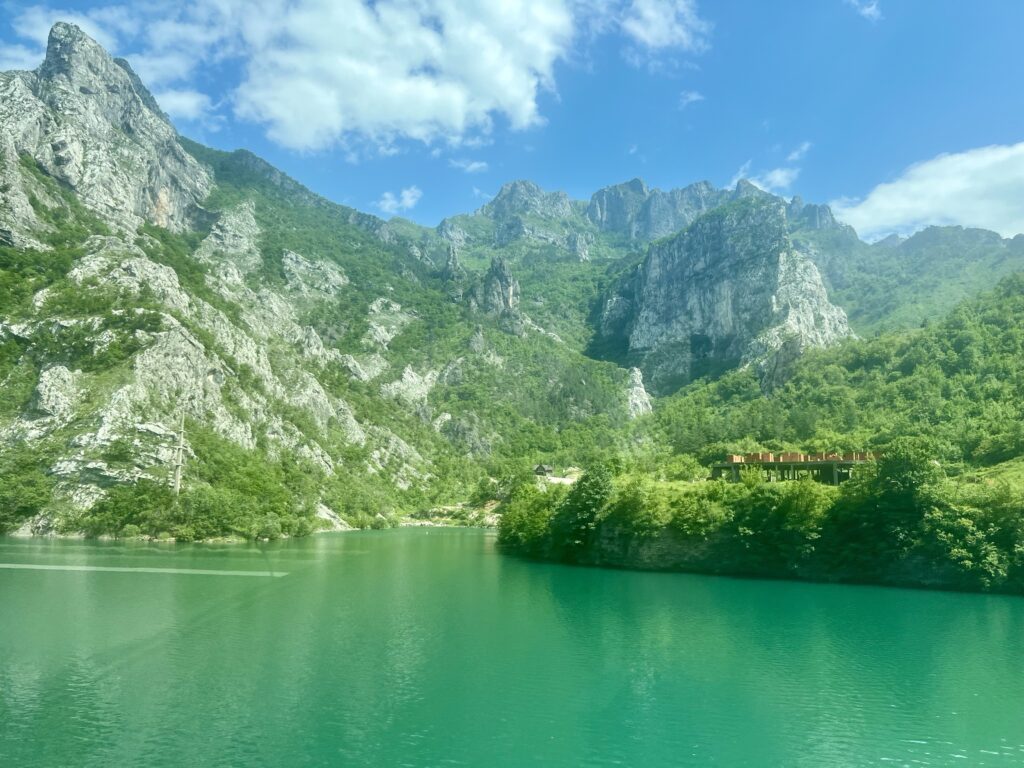

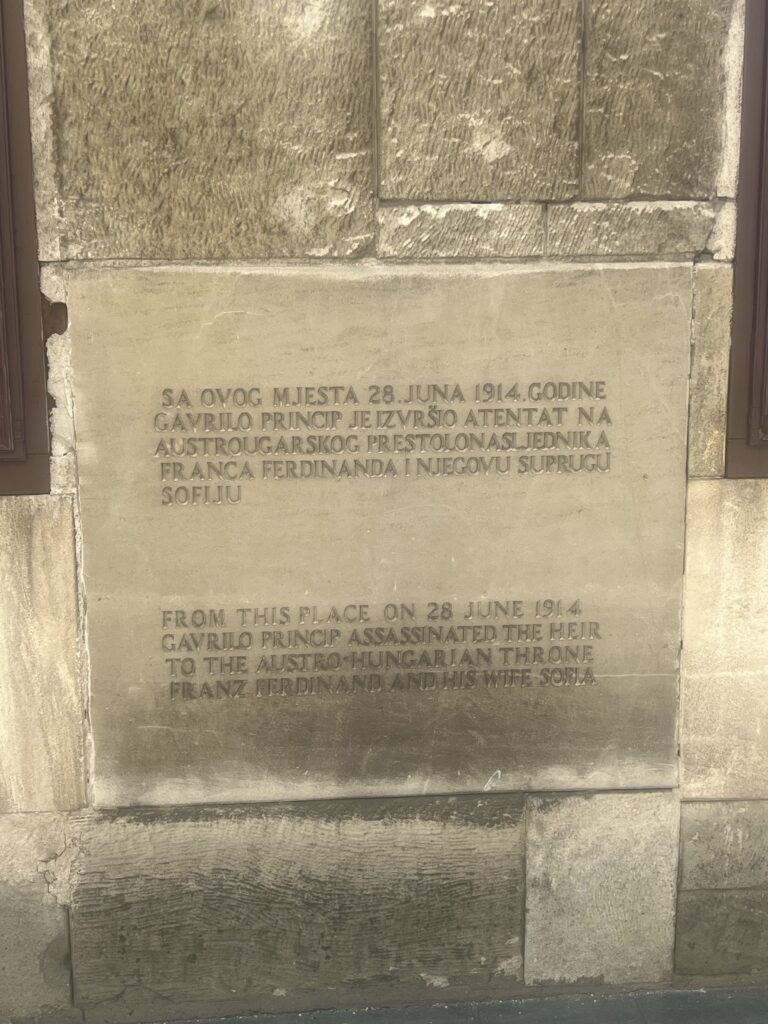

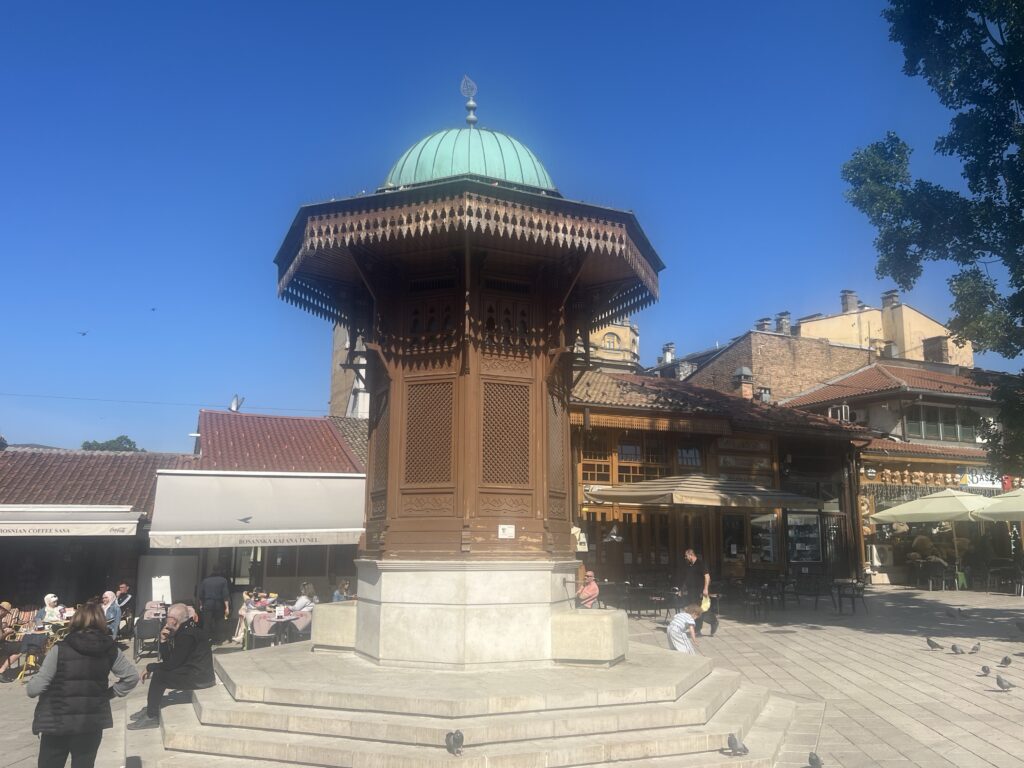
Sarajevo offers much more than just a historic bridge though, and is often described as a meeting place between east and west (given its history). The square, its mosques, its churches, its food – the place just oozes with sights and experiences. Again, great weather helped and we enjoyed both these places in glorious sunshine ( albeit among thousands of other visitors ).
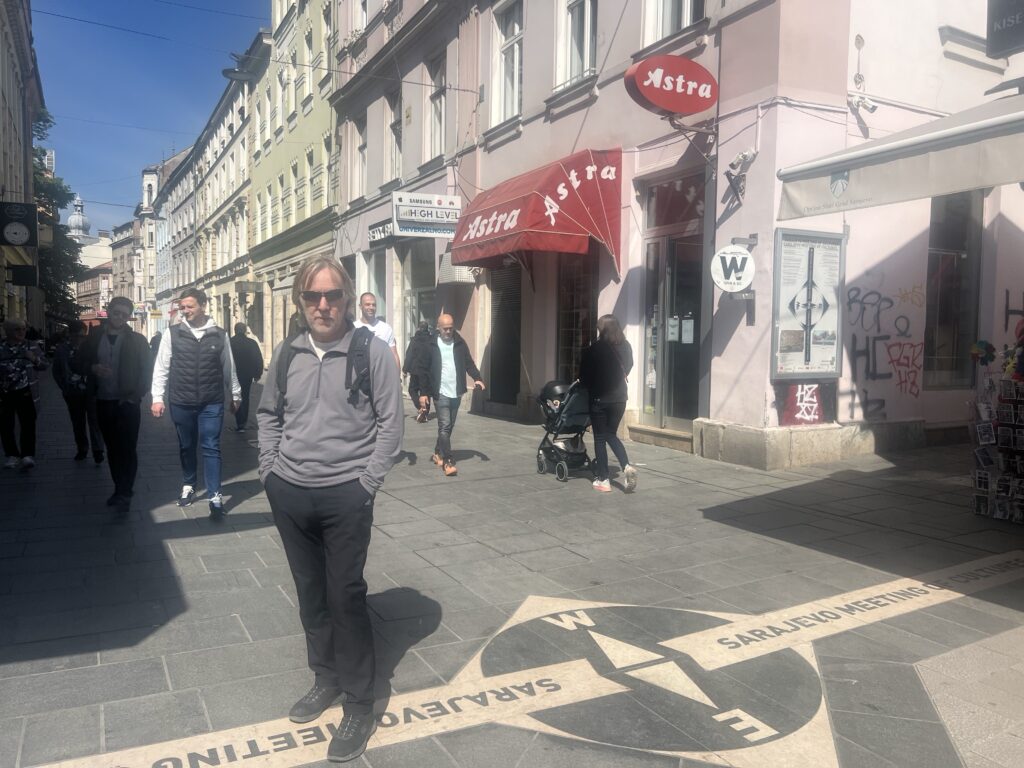

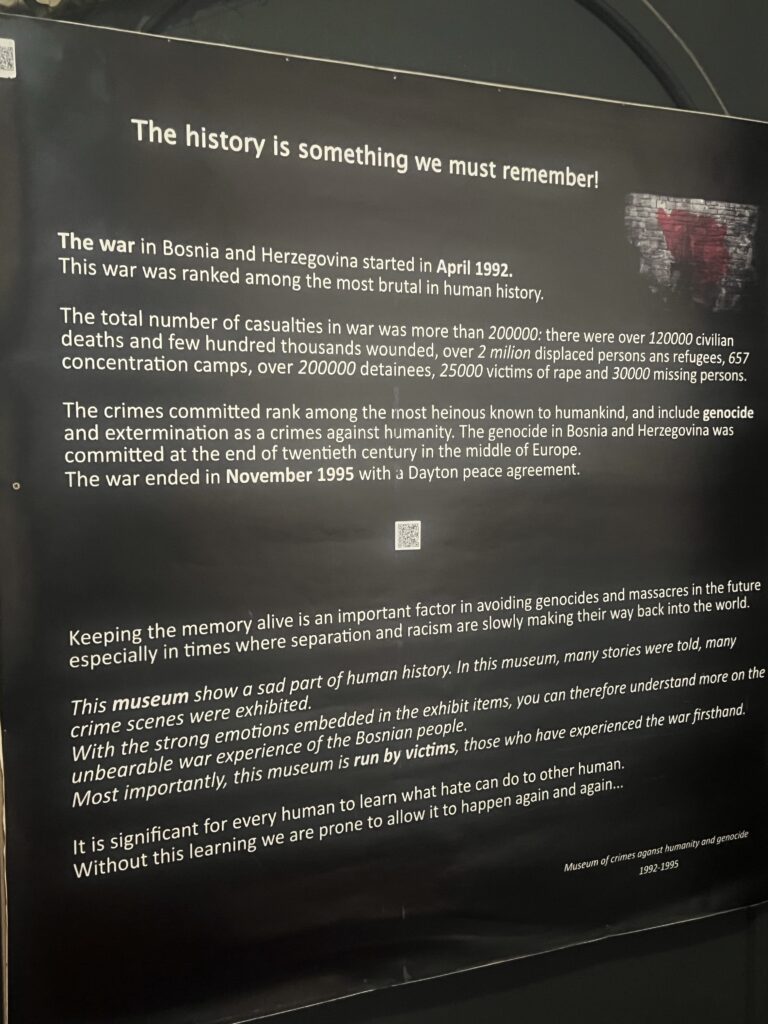
Leaving Sarajevo, we simply took a generally direct route out of Bosnia, briefly across eastern Croatia and on into Hungary. Perhaps appropriate that our next two stops were Budapest and Vienna ( Austria), capitals of the very same Austro-Hungarian empire that collapsed at the at the end of WW1. Princip could not have possibly realized that his single bullet might have had such impact, it ultimately brought down an empire.
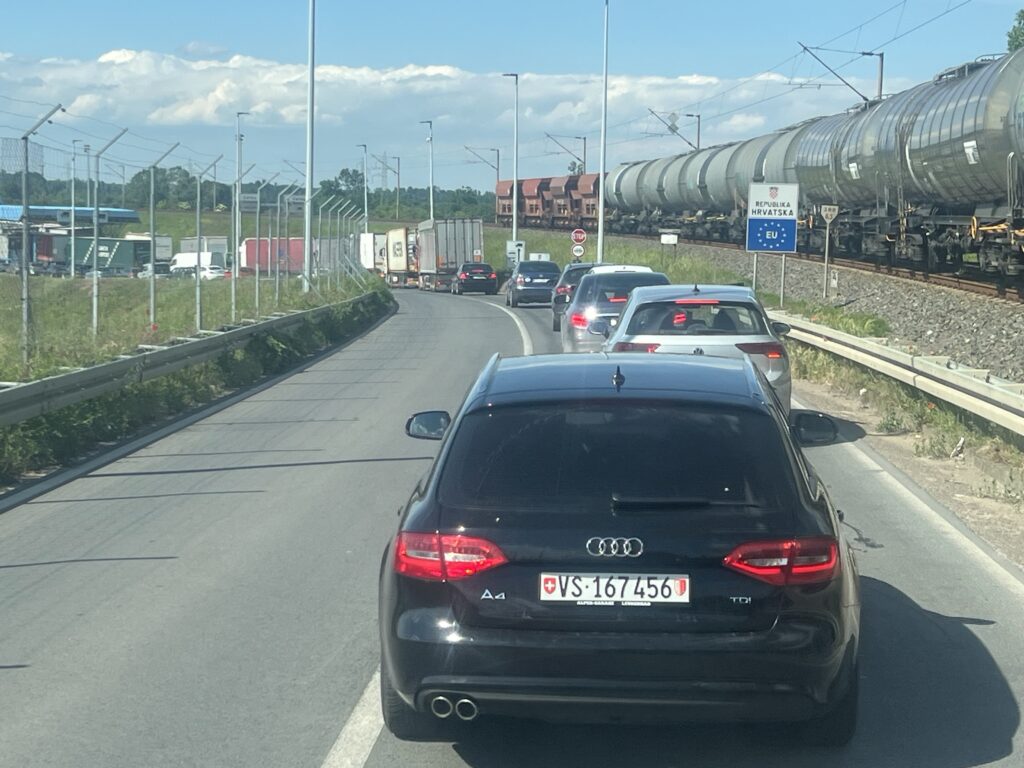
Despite the empire falling its two great cities very much remain – Budapest and Vienna ( each on the Danube ) have to rank among Europe’s most beautiful. One can walk for hours on end ( and we did ) just exploring historic streets, buildings and other sights, and/or savouring their culinary delights. In both places it was almost sensory overload ! Budapest, right on the Danube, was packed with several Danube cruise boats docked so had a tremendous vibe. That, along with the great sights, and the weather as well as the opportunity to reconnect with with a Hungarian couple we crossed paths with on the Pan American trip ( in Peru ) made for a very memorable stay.
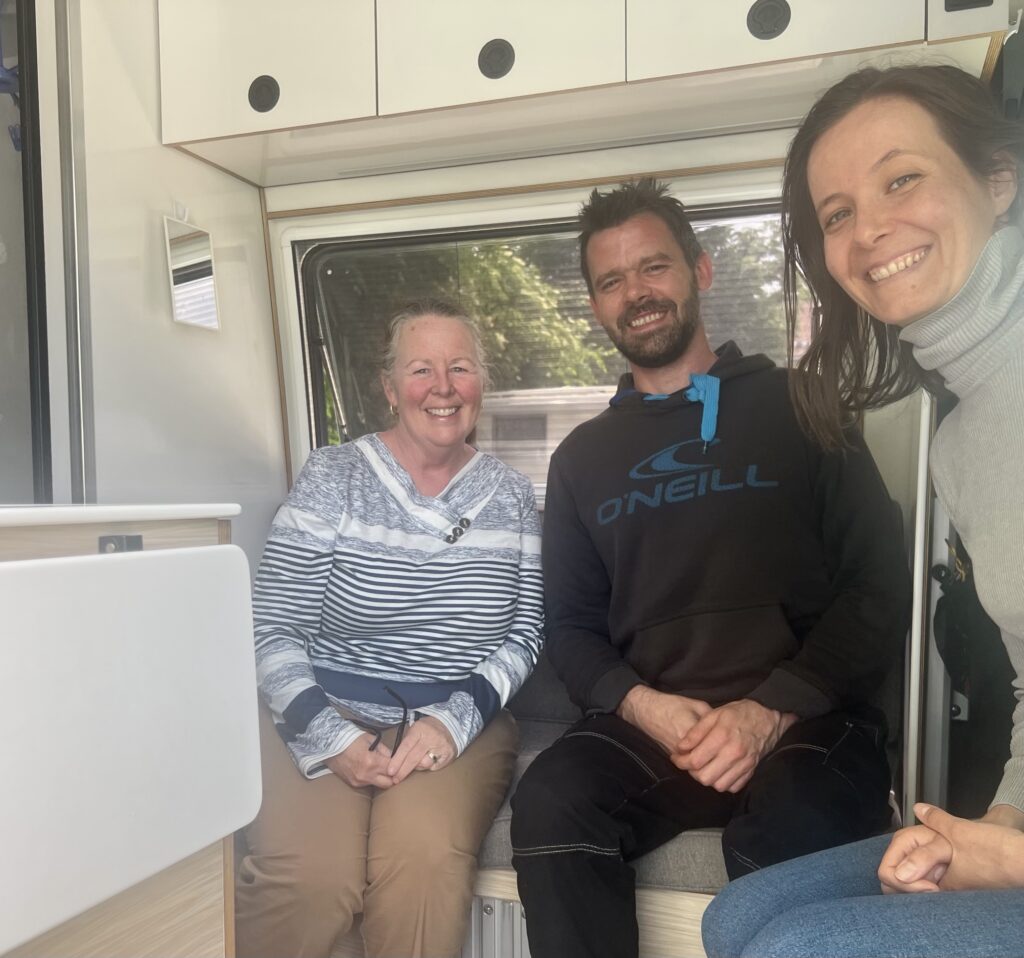
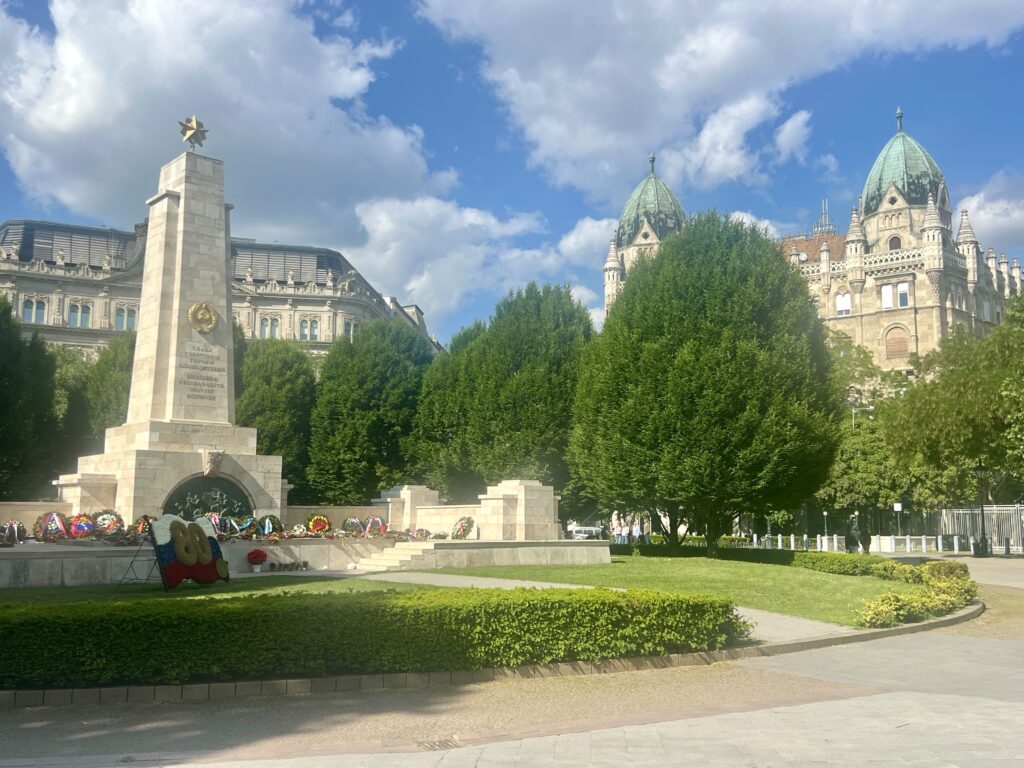



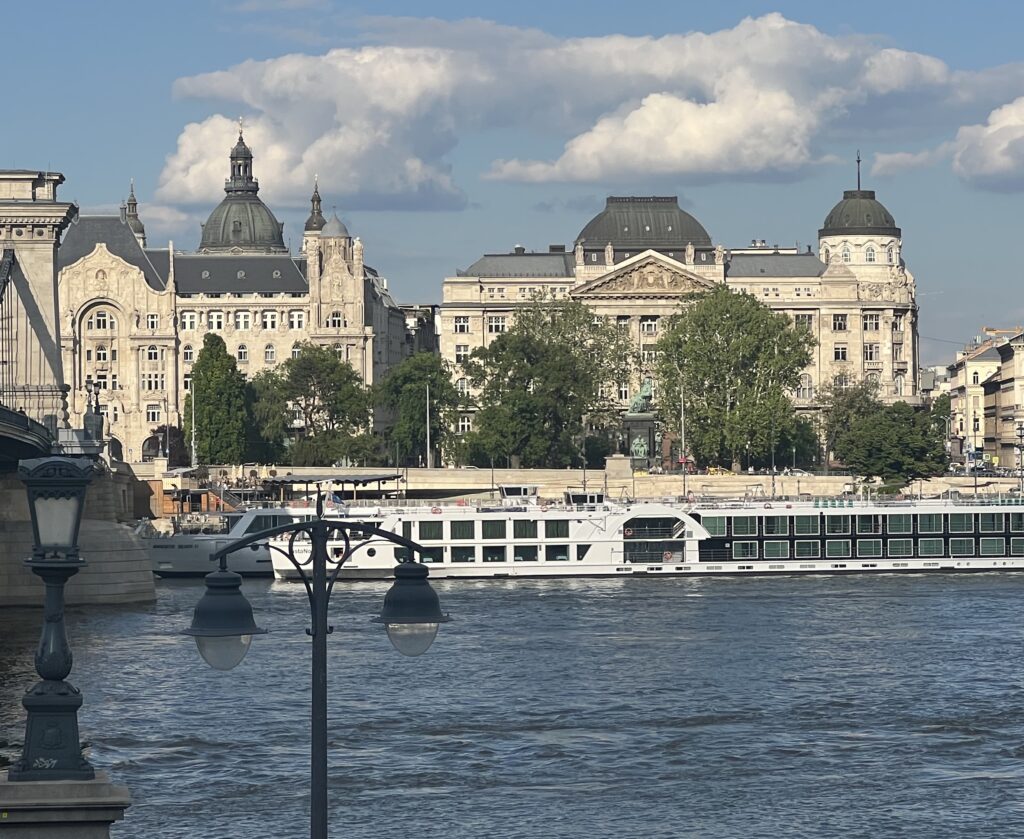
Only a four hour drive west of Budapest lies Vienna, steeped in history ( be it musical, artistic, political or economic ) this centre of the old Austrian-Hungarian empire and home of the Habsburg’s could occupy a visitor for weeks. We had a couple of days and checked out some old haunts as well as places we’d not seen before. We took advantage of their super Metro day pass to explore as much as we could in the two days we were there. It’s quite likely we will pass through Vienna again, and we have no problem doing so. It’s just an amazingly beautiful city.
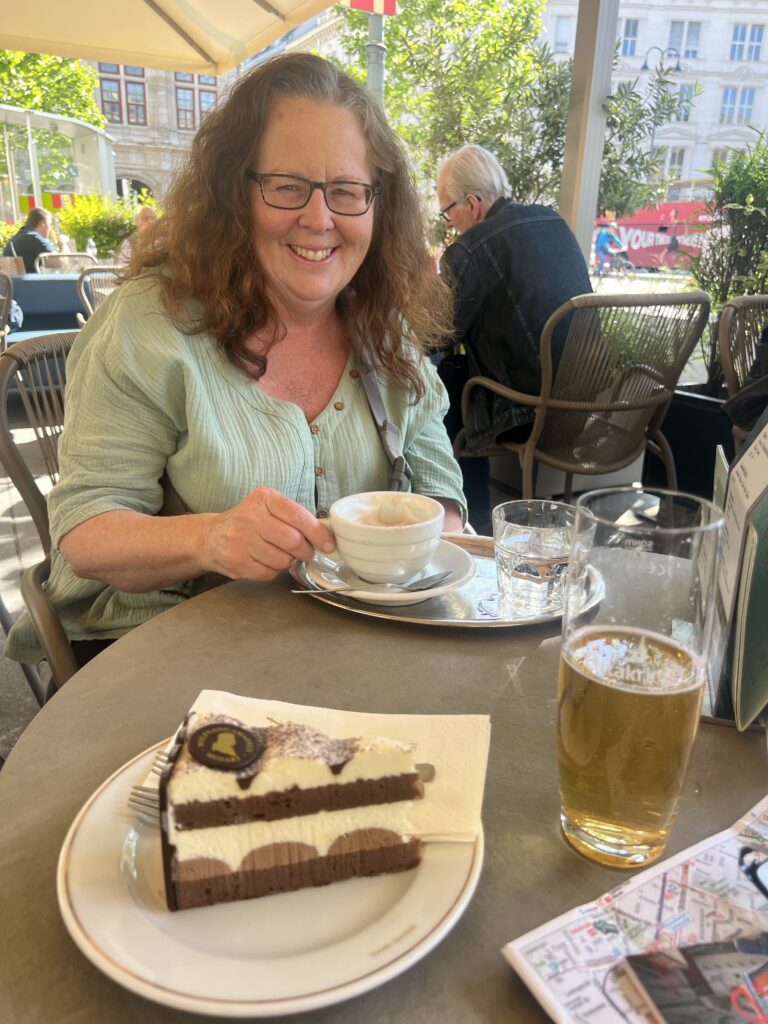
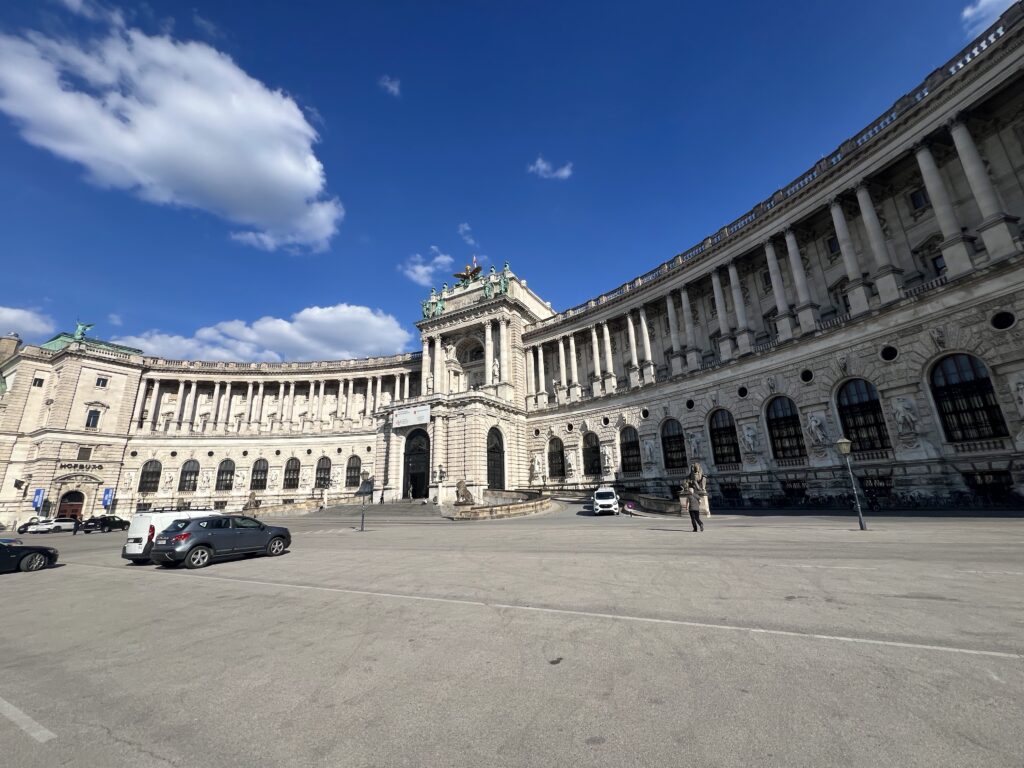
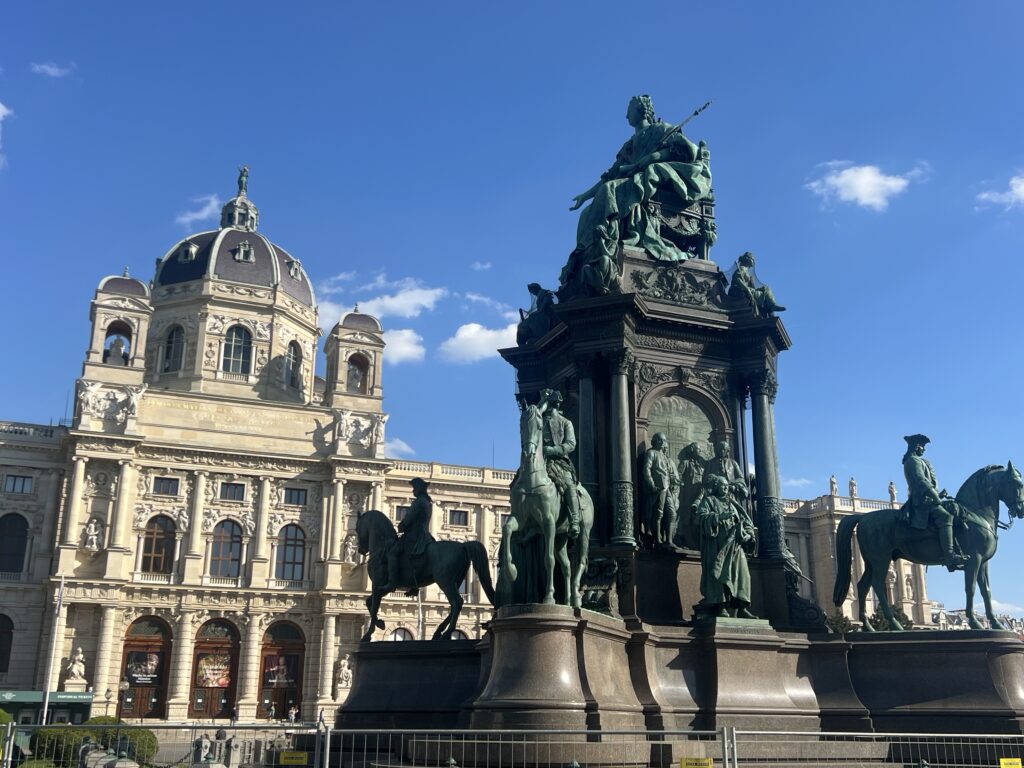

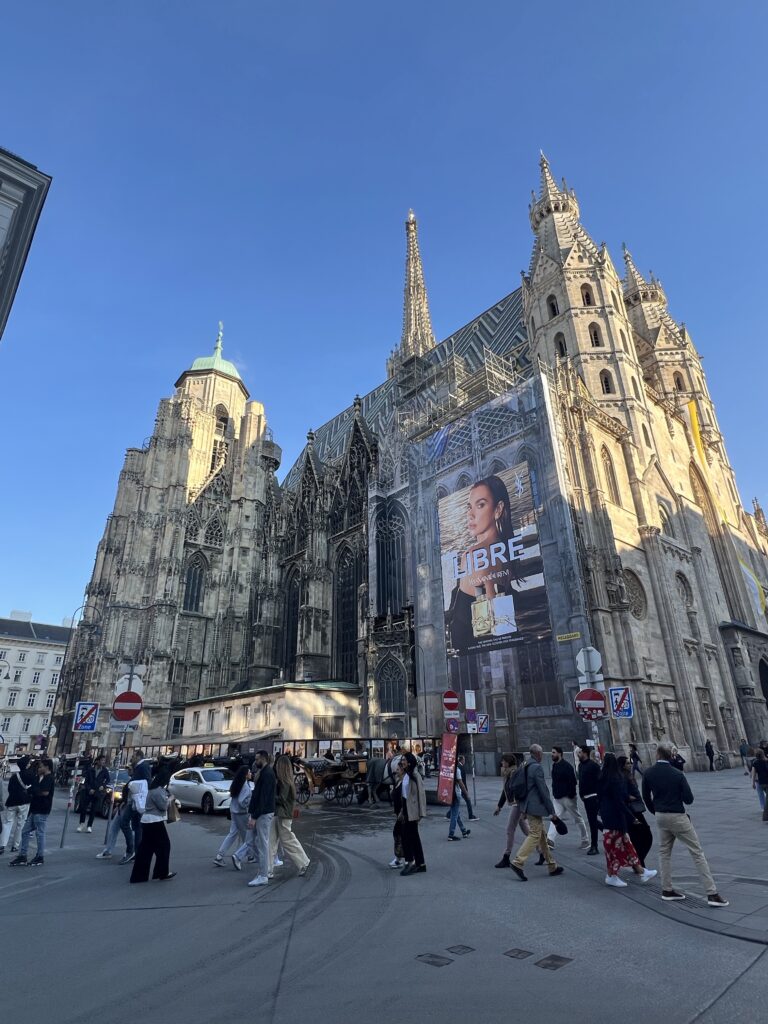

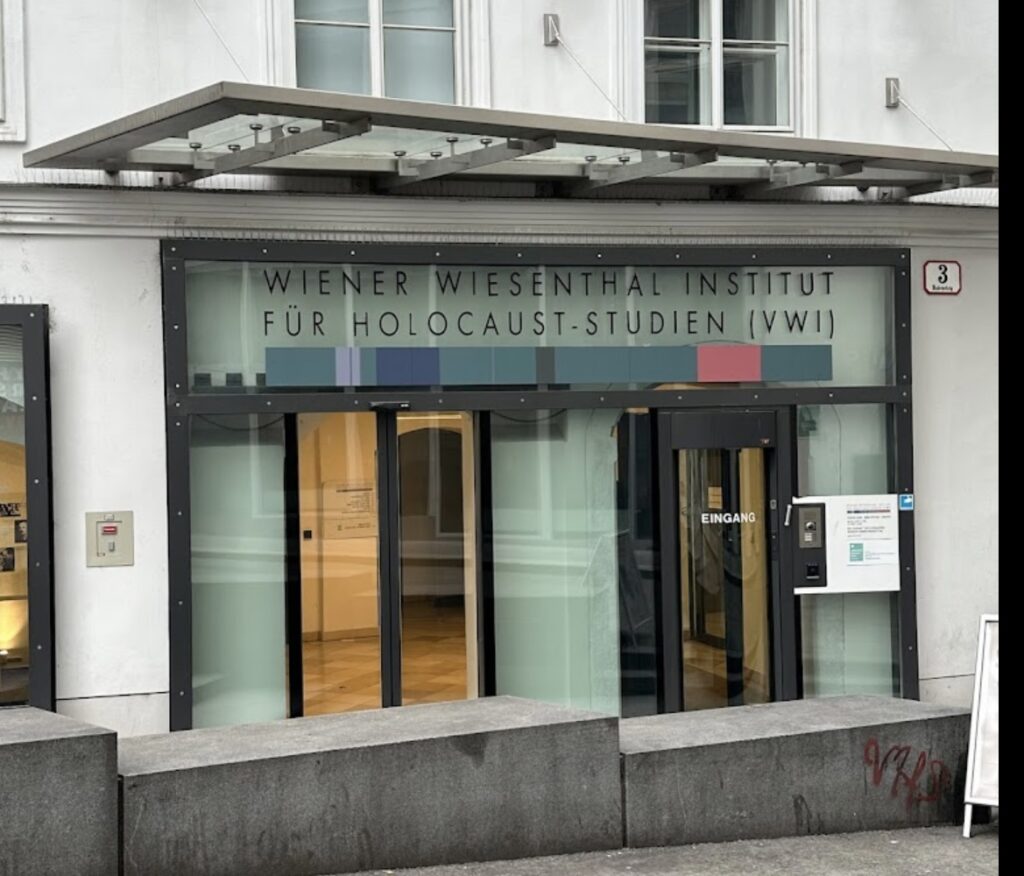
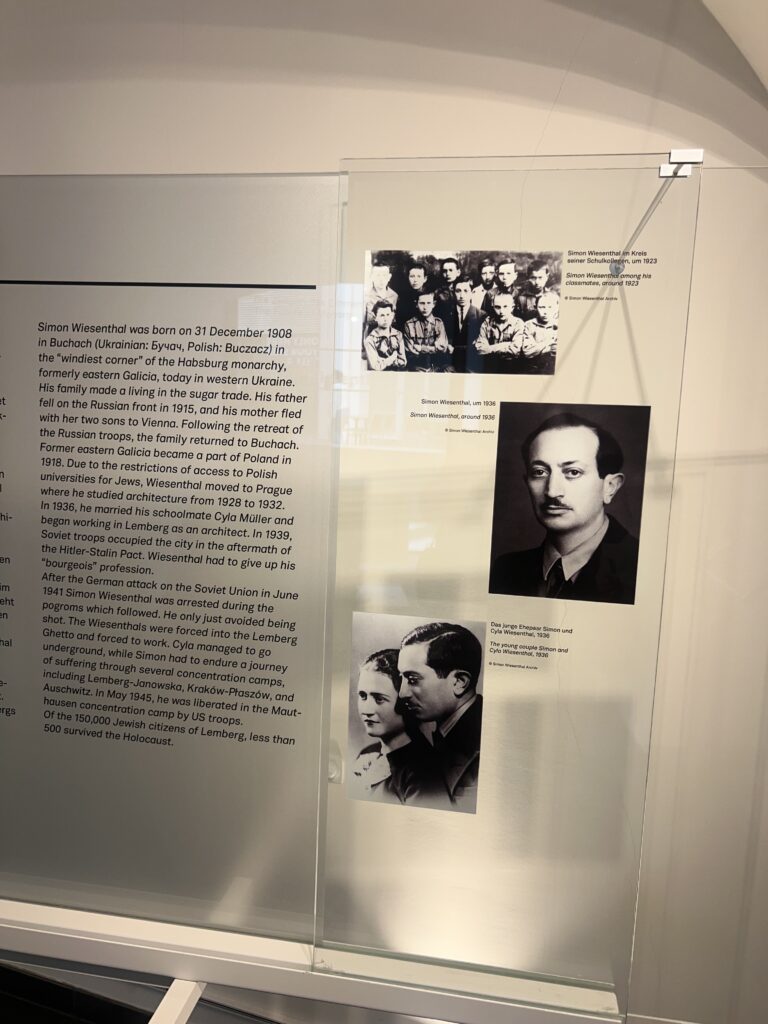
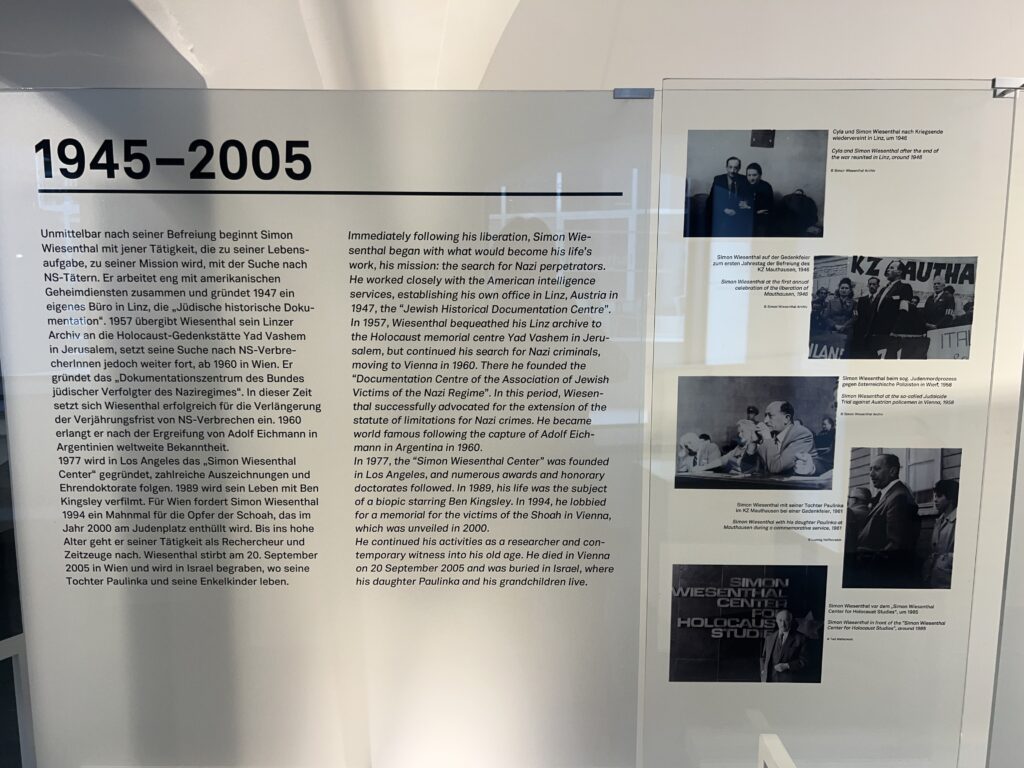
Leaving Vienna, we pulled one very long day drive to get across to the small town of Fussen, in Bavaria, Germany. Fussen is the starting point for perhaps Germany‘s most famous road, which we will explore in our last blog before flying home to Canada for a 3 month break.
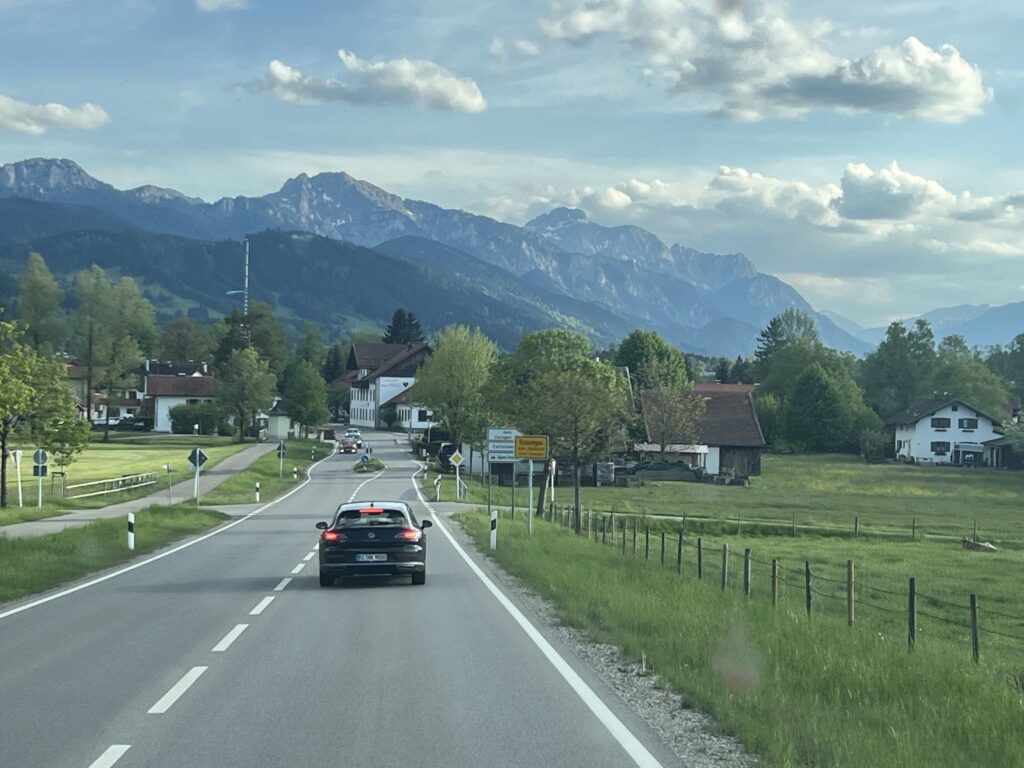
Till next week….

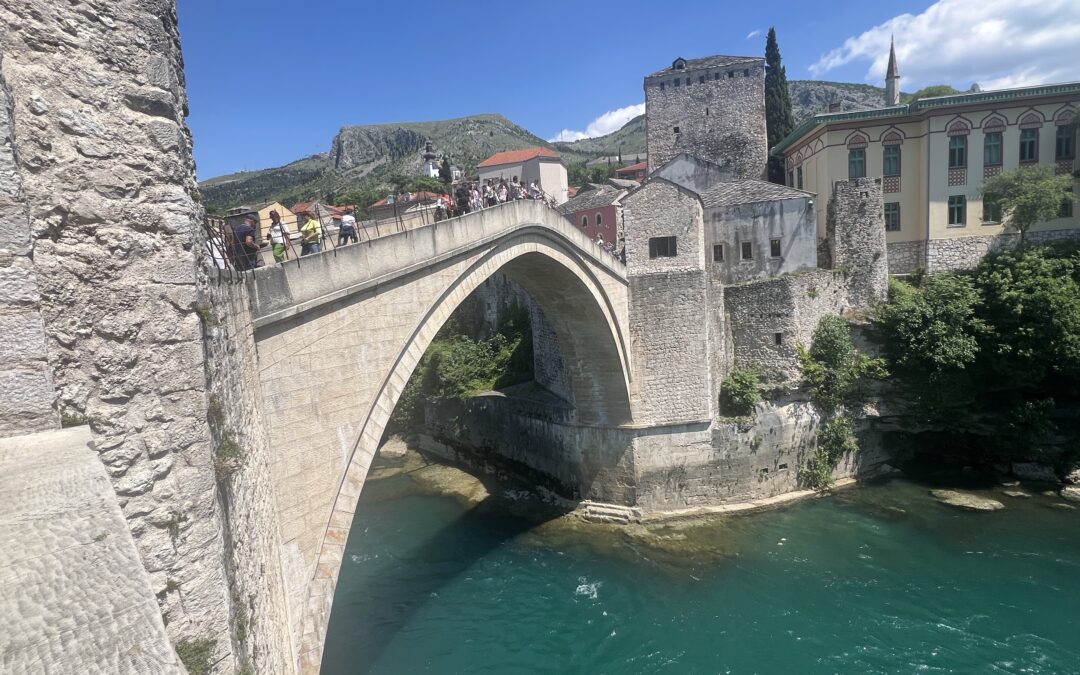
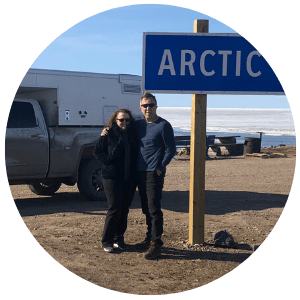
Fascinating history, thank you for the virtual trip Jeff. Love to Lo xx
Hi Roxanne !
Glad you enjoyed, you should put it on your next Europe trip agenda ! Hope all’s well in Sydney, Lois says hi back !
Hey Jeff and Lois, loving your tales of European travel and very much looking forward to the cities / culture in today’s blog! We will be in the Pyrenees early July,
Including a Schengen free fortnight in Andorra.
You moved so quickly through such an interesting area!
Sadly, true……but we get to retrace most of those steps in August/September so we can spend more time then as needed. That’s the plan, anyway !
Hi Philippa,
So nice to hear from you and we were wondering where you might be this summer.Pyrenees will be wonderful, sadly we won’t be down that way this trip ( not back in Europe till later in August ). What are your moves after that ? I did not know Andorra was “outside” Schengen – could be handy for us at some point ( we visited in in 1985, such a beautiful spot ) !